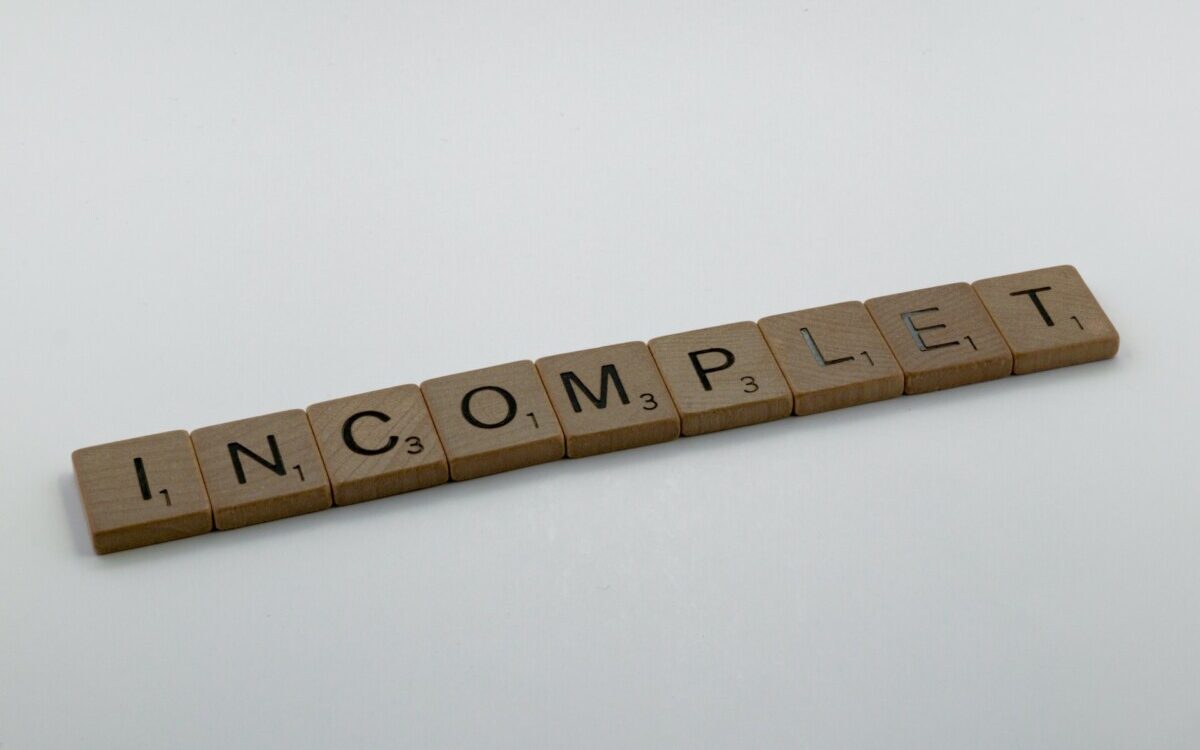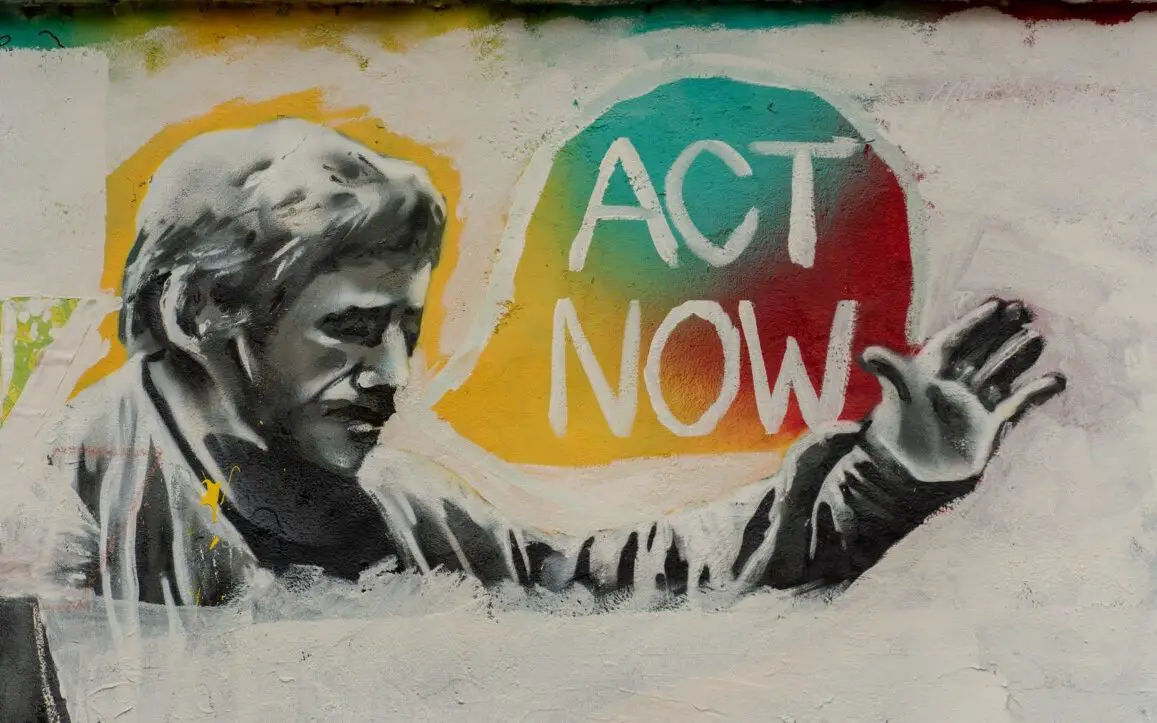As a Product Manager, you know the importance of user stories, however writing effective user stories isn’t always straight forward. That’s why I want to share with you the key elements that every user stories should have. With these elements you will be creating clear, specific and actionable user stories for you and the entire team (check out these user story alternatives that might suit your team better). So, what are the key elements to a good user story?
The key elements of a user story are the user, the goal, the benefit, the acceptance criteria, and prioritization. These elements will clearly define the user’s needs, the value it will bring and guide the development team in building the right feature, in the right priority.
I’ve learned firsthand the importance of getting user stories right. I hope that my insights and the template I’ll be sharing with you will help you create user stories that are a valuable part of your product development process.
In the following sections below, we will dissect the following 5 examples of user stories down to their key elements.
Example 1: As a busy mom, I want to be able to schedule my child’s doctor’s appointments from my smartphone so that I can save time and avoid missed appointments.
Example 2: As a freelancer, I want to be able to create and assign tasks to myself so that I can track my workload and meet deadlines.
Example 3: As a small business owner, I want to be able to assign tasks to my team members so that I can increase team productivity and streamline task assignment and tracking.
Example 4: As a college student, I want to be able to access course materials and submit assignments from my tablet so that I can stay organized and efficient.
Example 5: As a job seeker, I want to be able to search for and apply to job openings from my laptop so that I can find the right job more quickly and easily.
So let’s get started!
User Story Key Element #1: The User
It’s no surprise that the most important element to a user story is the user. It is crucial to not only know who the user is, but to define it specific enough to provide context for the rest of the user story. Identifying a user specific enough will help you understand and communicate what the user hopes to achieve by using your product and ensure that you’re building something that meets their needs.
Pro tip: A common misconception is that every user story can only have 1 user. However, it is white common for user stories to involve multiple users, especially in the context of team or collaborative work. Just make sure that it is specific enough to clarify the goals for the user.
Let’s take the 5 examples from earlier and simply specify who the user is in each of them.
- A busy mom who wants to be able to schedule her child’s doctor’s appointments from her smartphone so that she can save time and avoid missed appointments.
- A freelancer who wants to be able to create and assign tasks to themselves so that they can track their workload and meet deadlines.
- A small business owner who wants to be able to assign tasks to their team members so that they can increase team productivity and streamline task assignment and tracking.
- A college student who wants to be able to access course materials and submit assignments from their tablet so that they can stay organized and efficient.
- A job seeker who wants to be able to search for and apply to job openings from their laptop so that they can find the right job more quickly and easily.
As you can see, we didn’t just stop at “a busy mom” or “a college student” when defining the user. The full user profile will also include details of their personas such as what their needs and goals are. This will help you build a product that is both effective and impactful. In the next section, let’s clarify how to define the goal of the user.
User Story Key Element #2: The Goal

The goal is a statement of what the user hopes to achieve through the feature being developed. It should be both clear and specific and directly address the users needs. Having a clear goal within the user story helps development teams understand what they are building and why it matters.
Let’s identify the goals of the users in each of the 5 examples we’ve used.
- A busy mom who wants to be able to schedule her child’s doctor’s appointments from her smartphone so that she can save time and avoid missed appointments.
- Goal: Schedule doctor’s appointments from smartphone
- Goal: Schedule doctor’s appointments from smartphone
- A freelancer who wants to be able to create and assign tasks to themselves so that they can track their workload and meet deadlines.
- Goal: Create and assign tasks to oneself
- Goal: Create and assign tasks to oneself
- A small business owner who wants to be able to assign tasks to their team members so that they can increase team productivity and streamline task assignment and tracking.
- Goal: Assign tasks to team members
- Goal: Assign tasks to team members
- A college student who wants to be able to access course materials and submit assignments from their tablet so that they can stay organized and efficient.
- Goal: Access course materials and submit assignments from tablet
- Goal: Access course materials and submit assignments from tablet
- A job seeker who wants to be able to search for and apply to job openings from their laptop so that they can find the right job more quickly and easily.
- Goal: Search for and apply to job openings from laptop
While it might seem straight forward, a common mistake is to mistake a goal from an objective, and a task. Let’s take a moment to highlight the differences in each:
- The goal is a statement of what the user hopes to achieve
- The objective is a specific and measurable target that helps to achieve that goal.
- A task is a specific action to achieve the objective
For using the task management app for a freelancer as an example:
- The goal: to help freelancers manage their tasks and stay organized
- The objective: to increase user productivity by 20%
- The task: create a new task and assign it to a team member.
Now that we’ve covered the importance of identifying the user and defining their goal, let’s move on to the next key element of a user story, the benefits.
User Story Key Element #3: The Benefit

The benefit is the value that the user will receive by achieving the goal. Similar to the purpose of “the goal,” defining a specific benefit allows the development team and any other decision making stakeholder to understand why they are building the feature and what impact it will have on the user.
Let’s highlight the benefits from the same examples as before.
- A busy mom who wants to be able to schedule her child’s doctor’s appointments from her smartphone so that she can save time and avoid missed appointments.
- Benefit: The user will be able to save time by scheduling appointments from their smartphone, and they will be less likely to miss appointments.
- Benefit: The user will be able to save time by scheduling appointments from their smartphone, and they will be less likely to miss appointments.
- A freelancer who wants to be able to create and assign tasks to themselves so that they can track their workload and meet deadlines.
- Benefit: The user will be able to track their workload and meet deadlines more efficiently by creating and assigning tasks to themselves.
- Benefit: The user will be able to track their workload and meet deadlines more efficiently by creating and assigning tasks to themselves.
- A small business owner who wants to be able to assign tasks to their team members so that they can increase team productivity and streamline task assignment and tracking.
- Benefit: The user will be able to increase team productivity and streamline task assignment and tracking by assigning tasks to their team members.
- Benefit: The user will be able to increase team productivity and streamline task assignment and tracking by assigning tasks to their team members.
- A college student who wants to be able to access course materials and submit assignments from their tablet so that they can stay organized and efficient.
- Benefit: The user will be able to stay organized and efficient by accessing course materials and submitting assignments from their tablet.
- Benefit: The user will be able to stay organized and efficient by accessing course materials and submitting assignments from their tablet.
- A job seeker who wants to be able to search for and apply to job openings from their laptop so that they can find the right job more quickly and easily.
- Benefit: The user will be able to find the right job more quickly and easily by searching for and applying to job openings from their laptop.
The user needs, goals and benefits should come together without much effort. The easier it is to put together, the more likely it is that the problems are clearly understood and the users well defined. If you feel like you are forcing these elements when crafting user stories, it might be time to take a step back and redefine the user and the problem you are trying to solve.
User Story Key Element #4: Acceptance Criteria

Once the user, the goal and the benefit is well defined, we are ready to move onto the next component- the acceptance criteria.
The acceptance criteria defines the specific, measurable, and verifiable conditions that must be met for the user story to be considered complete. It’s important to create clear and concise acceptance criteria that accurately reflect the needs and goals of the user.
In addition to being specific, measurable, and verifiable, acceptance criteria should also be feasible and aligned with the product’s technical requirements. They should outline what needs to be built and tested, but not how it should be built or tested. This allows the development team the flexibility to come up with the best solution for the user.
Here are the acceptance criteria for each of the five examples we discussed earlier:
- A busy mom who wants to be able to schedule her child’s doctor’s appointments from her smartphone so that she can save time and avoid missed appointments.
- Acceptance criteria:
- The user can view a list of available appointment times and select one to schedule
- The scheduled appointment appears on the user’s calendar
- The user receives a confirmation of the scheduled appointment
- Acceptance criteria:
- A freelancer who wants to be able to create and assign tasks to themselves so that they can track their workload and meet deadlines.
- Acceptance criteria:
- The user can create a new task and assign it to themselves
- The task appears on the user’s task list
- The user can mark the task as complete
- Acceptance criteria:
- A small business owner who wants to be able to assign tasks to their team members so that they can increase team productivity and streamline task assignment and tracking.
- Acceptance criteria:
- The user can create a new task and assign it to a team member
- The assigned team member receives a notification of the new task
- The task appears on the assigned team member’s task list
- Acceptance criteria:
- A college student who wants to be able to access course materials and submit assignments from their tablet so that they can stay organized and efficient.
- Acceptance criteria:
- The user can view and download course materials from their tablet
- The user can submit assignments from their tablet
- The submitted assignments are saved and accessible to the user and their instructor
- Acceptance criteria:
- A job seeker who wants to be able to search for and apply to job openings from their laptop so that they can find the right job more quickly and easily.
- Acceptance criteria:
- The user can search for job openings by location, job title, and/or company name
- The search results include a list of relevant job openings with job title, company name, and location
- The user can view the job details and apply for the job directly from the search results page
- Acceptance criteria:
User Story Key Element #5: Prioritization
Prioritization is the process of ranking user stories based on their importance or value. This is an important element of a user story because it helps the development team ensure that the most valuable features are built first.
There are several different approaches to prioritization, including the MoSCoW method (Must Have, Should Have, Could Have, Won’t Have This Time), the Kano model (Must-be, More-is-better, and Excitement), and the Opportunity Scoring model. The approach that you choose will depend on your specific product and needs.
If prioritization is done incorrectly, it can lead to a lack of focus and alignment within the development team, and it can result in the development of features that do not provide value to the user. It’s important to carefully consider the priorities and ensure that they are aligned with the overall product strategy and the needs of the user.
Final Thoughts
In conclusion, writing effective user stories is an important skill for any product manager or development team. By including the five key elements of a user story – the user, the goal, the benefit, the acceptance criteria, and prioritization – you can ensure that your user stories are clear, concise, and focused on the needs of the user.
By taking the time to carefully consider each of these elements, you can create user stories that are well-aligned with your product strategy and that provide value to the user. Remember, the goal of a user story is to help the development team understand what they are building and why it matters.
Writing user stories is not always easy, but with practice and experience, it becomes easier and more natural. Don’t be afraid to ask for feedback or help when you’re starting out, and remember to stay focused on the user and their needs. With a clear and well-written user story, you can set your development team up for success and create features that truly make a difference for your users.



